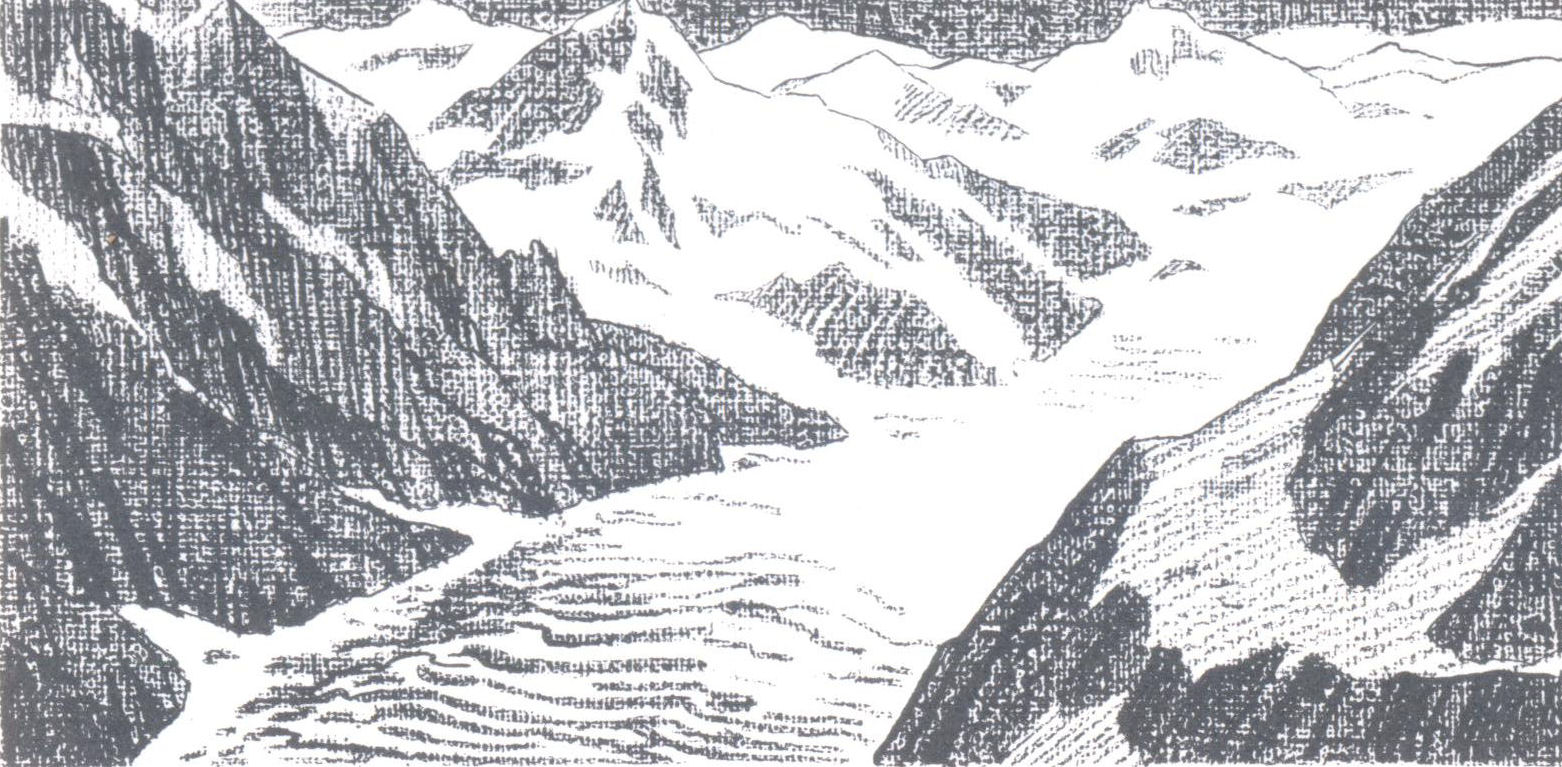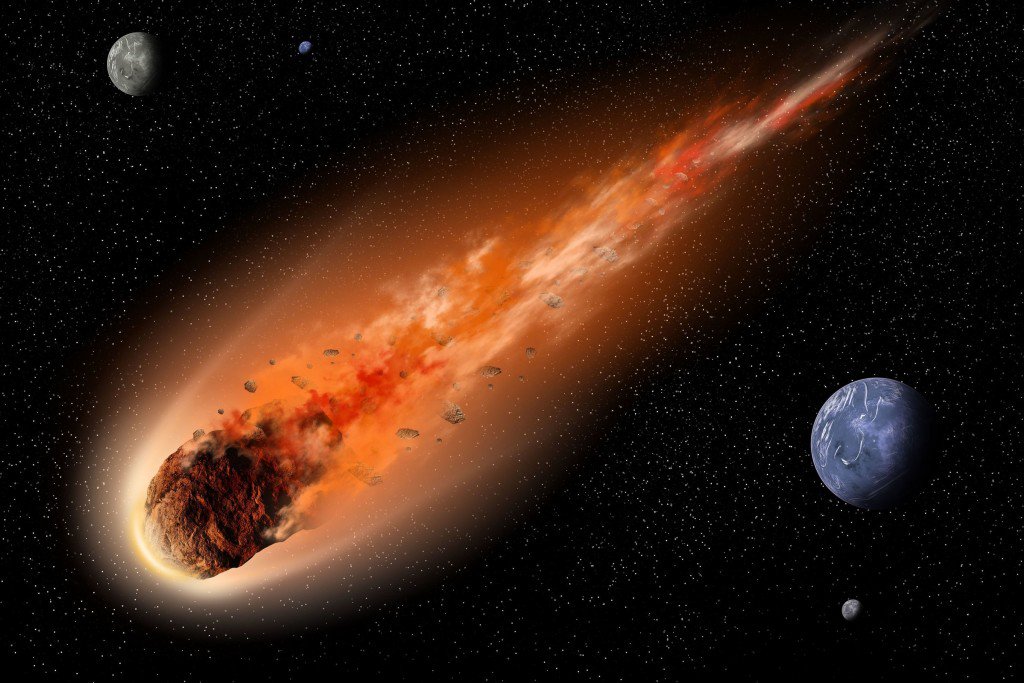Category Archives: WHAT?
31.WHAT IS EROSION?
Erosion is the process whereby the surface of the earth is slowly being worn away. The rain falls on the soft ground and runs off in streams and rivers thick with mud. The wind, scooping earth from the fields, drives sand and dust before it. Swirling currents along the shores of rivers and lakes, and the beating waves, eat away at the clay banks. They grind sand and stones against the rock cliffs, reducing the rock to sand and the sand to finer sand. Then they carry it all out to the sea.
This is erosion. It has produced some of the wonders of the world, such as the Grand Canyon in Arizona. But erosion has its grim side as well. In the late 1930’s, it made the fertile plains of Kansas, Oklahoma, and Texas into the Dust Bowl, leaving thousands of people homeless.
Water is responsible for most of the erosion in the world. It seeps into the cracks of the solid rock, and when it freezes, it cracks the rock apart. After years of this, the rock breaks up into soil. Then the soil is washed away.
Rain is soaked up by the ground until the ground is wet. What is left runs over the surface, down the little gullies into the streams, and down to the rivers. It always carries fine dirt along as mud.
Streams dig the valley they flow in slowly, over many thousands of years. The valleys widen and meet. The land is worn down sometimes almost to sea level by the forces of erosion.
Wind also helps the process of erosion, but it works more slowly than water. In ancient times, much erosion was done by glaciers, which ground away the sides of valleys.
American farming has suffered a great deal from the process of erosion. The farmers didn’t realize that their precious topsoil was being carried away. Or they didn’t know how to stop it. They plowed the soil deep, and the new surface they turned over was subsoil. It quickly dried to dust and blew away.
Today, new methods of farming help prevent the damage of erosion. For one thing, farmers don’t use the plow so much any more. They leave the litter of the wheat and corn crops on the surface, which helps keep the soil there. On rolling land, they cultivate across the slopes, instead of up and down. This is called contour plowing, and there are no furrows running downhill to carry the water away. Today, farmers have learned many ways to protect the precious soil and prevent it from being blown or washed away by erosion!
30.WHAT IS AN OBSERVATORY?
Thousands of years ago, astronomers probably used the pyramids in Egypt and the towers and temples in Babylonia to help them study the sun, moon, and stars. There were no telescopes then. In time, astronomical instruments were developed, and as they became larger and more numerous, observatories were built to house them. Some observatories were built more than a thousand years ago.
29.WHAT IS AN ASTEROID?
The discovery of things in the heavens often comes about much like the solving of a mystery. This is the way the asteroids were discovered.
Two men, Titius and Bode, had at different times figured out that there must be a planet between Mars and Jupiter; there was such a large gap in the distance between them. So several astronomers set about searching for this planet.
In 1801, a planet was actually found there. It was named Ceres, but is was a very tiny planet indeed, with a diameter of only 480 miles. So it was believed that it could be only one of a group of small planets and the search went on.
In time, three more tiny planets were found, the brightest of which was only half the size of Ceres. Astronomers decided that a larger planet must have exploded and left these four tiny pieces. But after 15 years of searching, another astronomer found still another tiny planet and this started the hunt again.
By 1890,300 small planets had been found, and between 1890 and 1927, 2,000 had been discovered! These tiny planets, all rotating around the sun in the area between Mars and Jupiter, are called asteroids.
To indicate how small they are, l 95 of them have diameters of more than 61 miles; 502, between 25 and 61 miles; 193, between 10 and 25 miles; and 22 of them have diameters of less than 10 miles!
If the mass of all the asteroids were added together, it would only be 1/3000 of that of the earth. So even if all the asteroids were united, they would form an insignificant planet.
As to how the asteroids were formed, the theory is that a satellite of Jupiter exploded and created these fragments.




